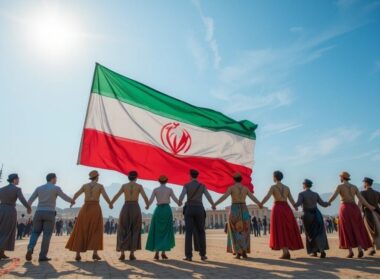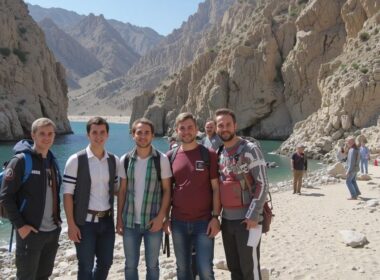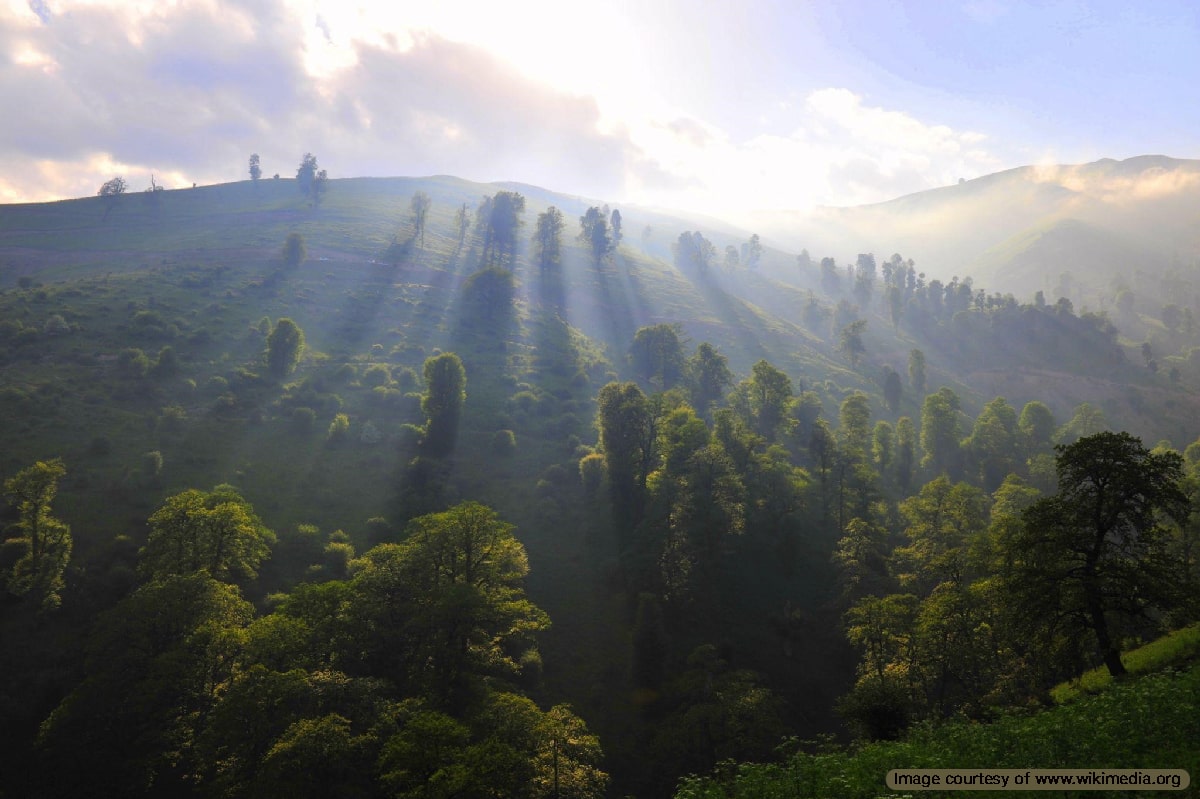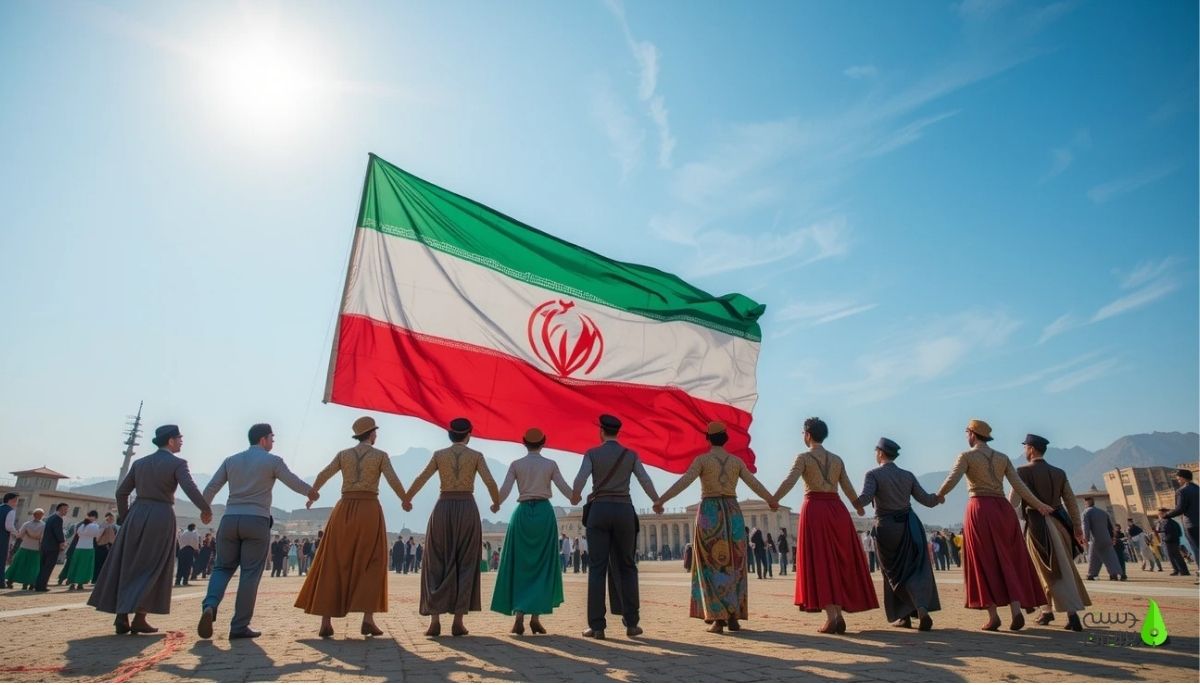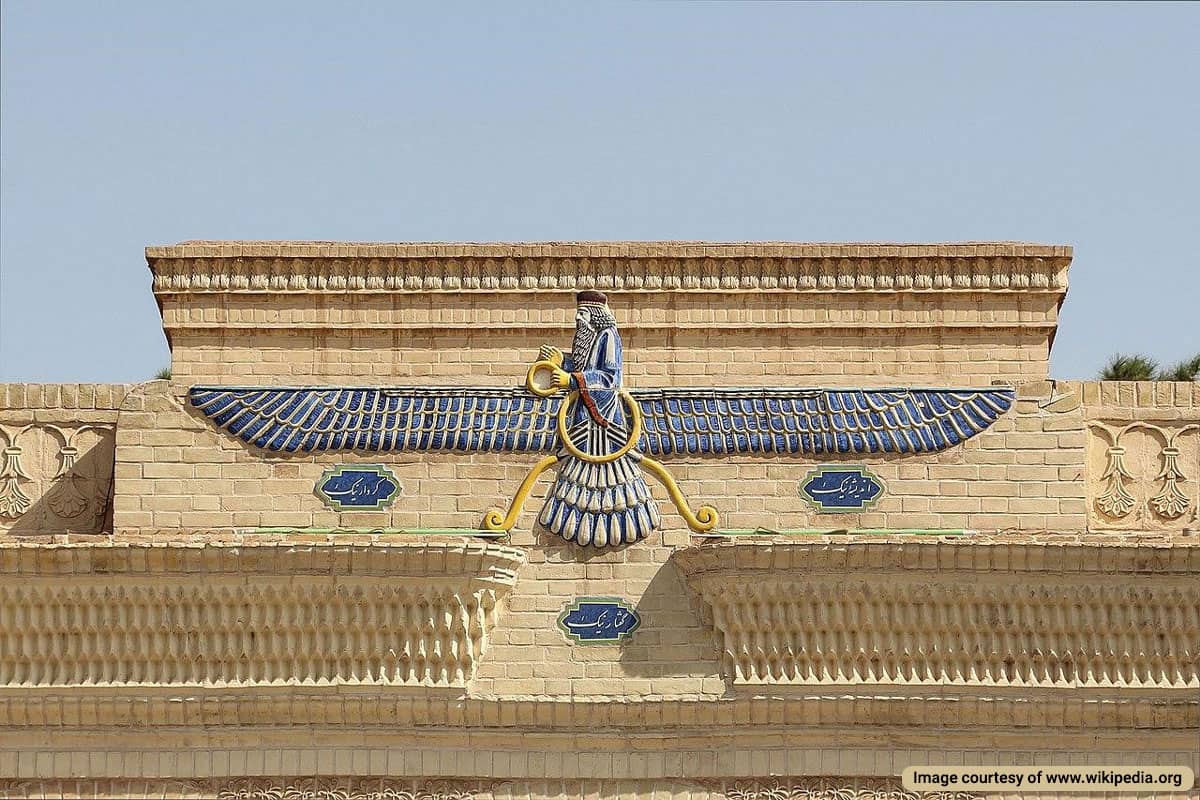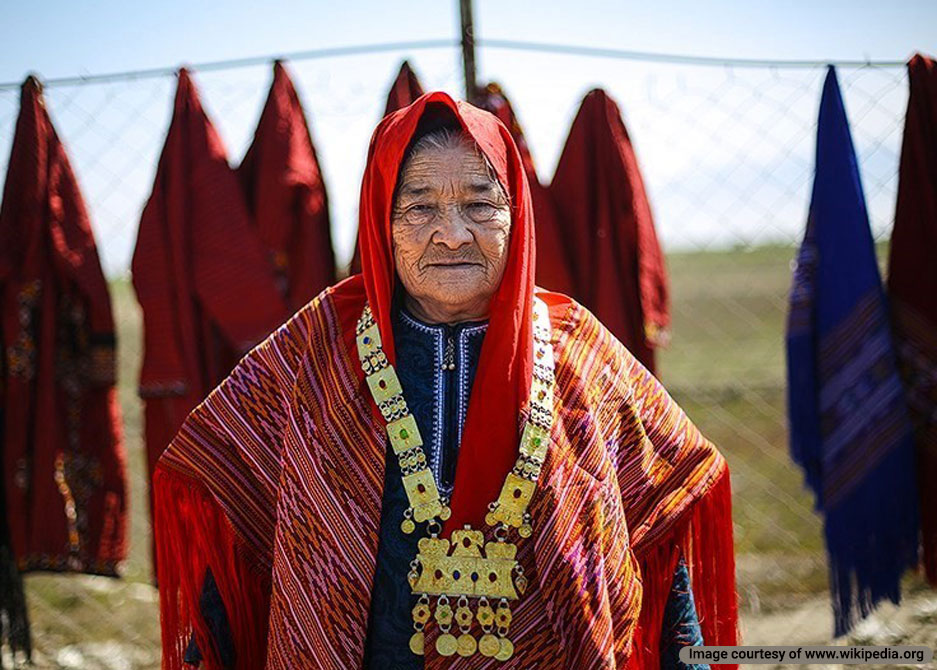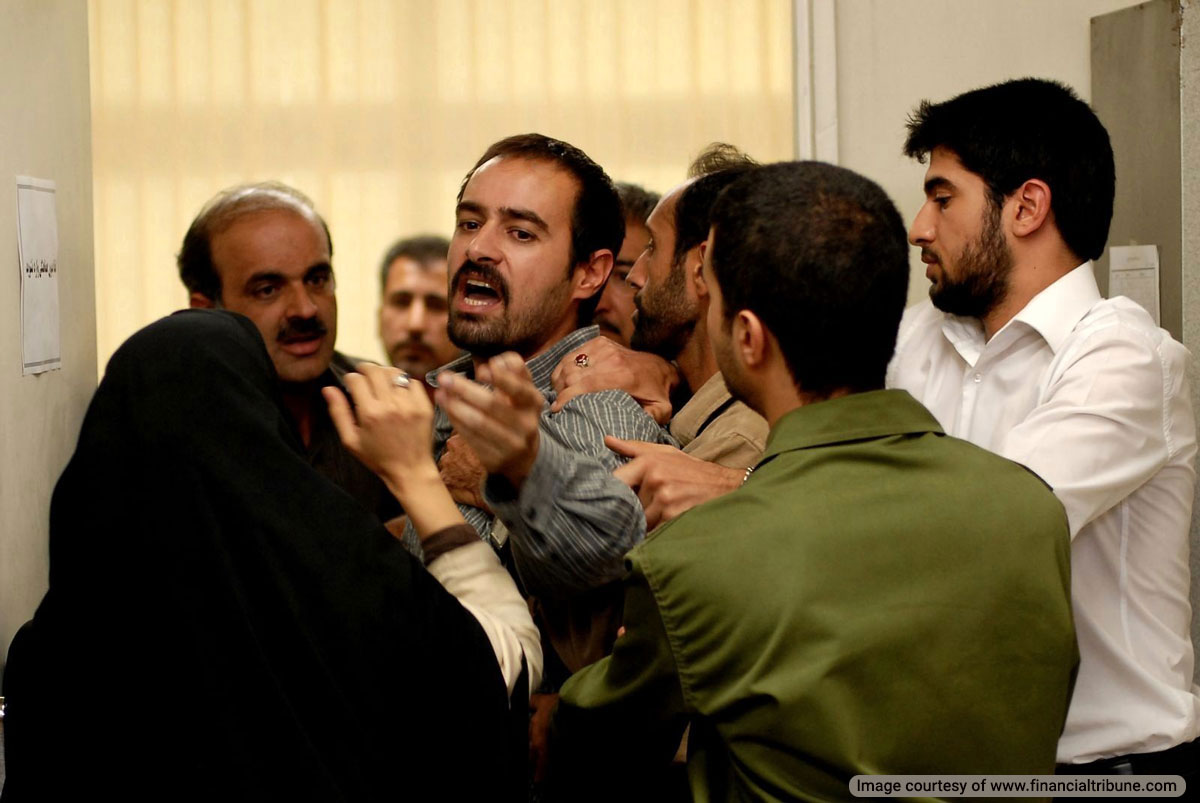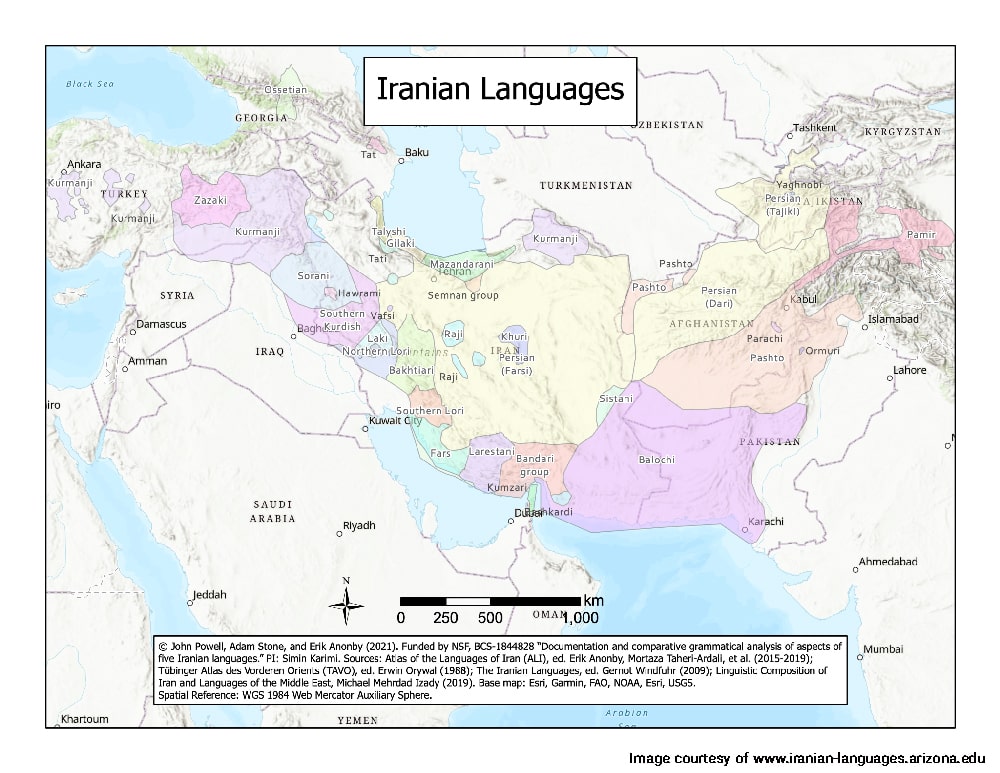
Western Iranian languages are a linguistic group from the family of Iranian languages. This classification was attested as early as the 6th century BCE and features distinct linguistic elements that set it apart from Eastern Iranian languages which we will describe later in this blog post. This is not a purely geographical classification, as Western Iranian languages are spoken in the eastern regions of the Iranian plateau. However, most of these linguistic branches are common in the western regions.
The historical classification of Iranian languages identifies three distinct periods in linguistic development across Iran: Old Iranian, Middle Iranian, and New Iranian. Below, we will describe the most notable examples of Western Iranian languages in the mentioned periods.
Western Iranian Languages in the Old Iranian Period
Two major old Iranian languages can be categorized as Western Iranian. Some researchers such as Dr. Thomas Jügel and Jost Gippert imply there must have existed other subgroups that played a role in the development of middle and new Iranian languages.
Median Language
The language of the Medes is shrouded in mystery as no Median historical documents are available today. Linguists consider it a Northwest Iranian language. The only proof of the existence of such language is the loanwords in Old Persian. It shares key linguistic features with the Avestan language.
Old Persian
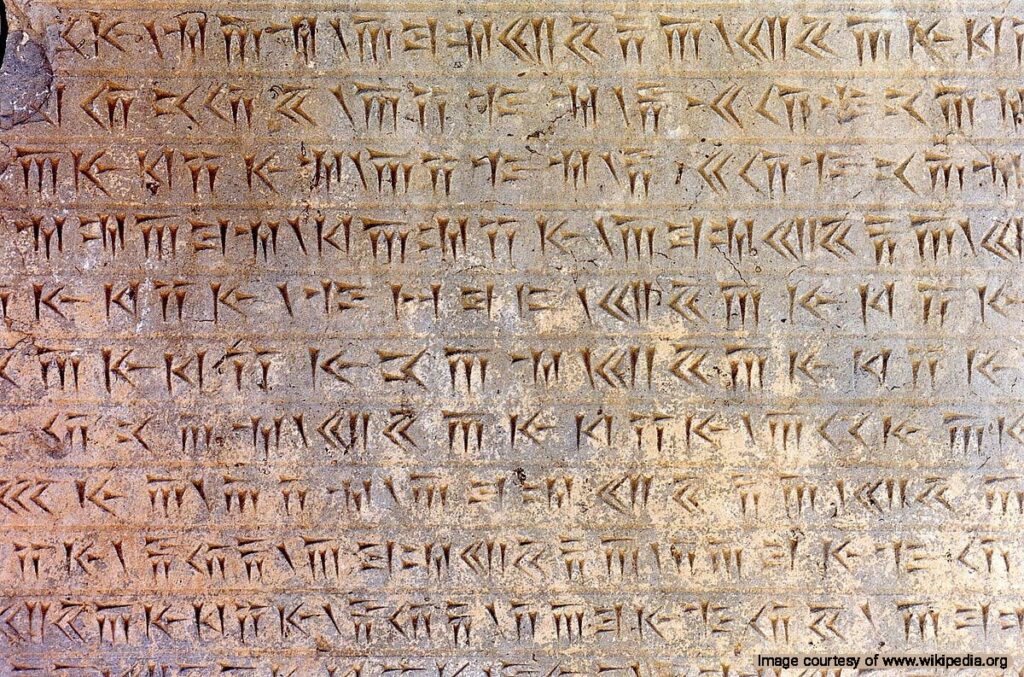
Old Persian or Ariya is the language associated with the Achaemenid Empire, a branch from the Indo-Iranian family that is classified as a Southwest Iranian language. Old Persian Achaemenid clay tablets and inscriptions date back to between 600 to 300 BCE. It forms the foundation of Middle Persian and New Persian, and originated from the Fars region in modern Iran.
The oldest examples of Old Persian were found in the Bisotun inscriptions by Darius I. According to Rüdiger Schmitt, the Old Persian cuneiform script was a distinct style of writing that was created by the Achaemenids, and was not a continuation of Mesotopamian scripts.
Western Iranian Languages in the Middle Iranian Period
Two major Western Iranian languages existed between 400 BCE and 900 CE, also known as the Middle Iranian period. Iranian languages evolved greatly during this period, creating new forms of writing, grammar systems, and inflections.
Parthian Language
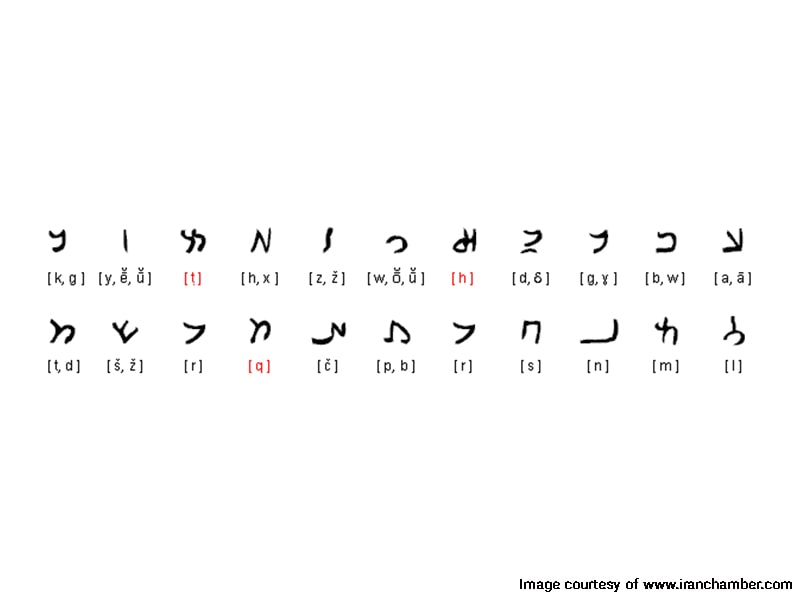
The ancient region of Parthia, the birthplace of this ancient Iranian language, is located in the northeast of modern Iran. The Northwest “Arsacid Pahlavi” was the language of the Parthian Empire throughout their reign in Iran. However, Greek was still the official language of the Parthian Empire for communication with other civilizations.
Parthians used an Aramaic-based writing system known as the Pahlavi script. This language influenced Middle Persian, modern Iranian languages, and the Indo-European “Armenian” language. It was also the official language of Arascid dynasties in Armenia, Iberia, and Caucasian Albania in later periods.
Middle Persian
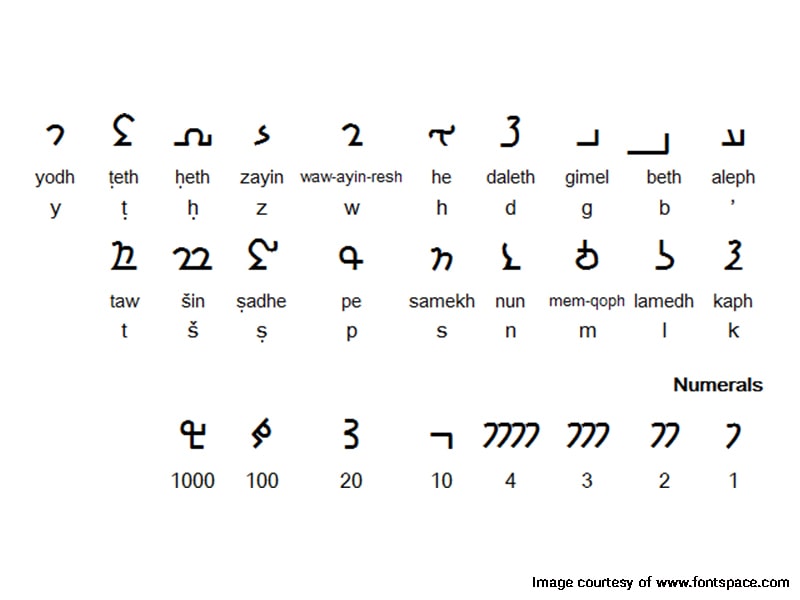
Middle Persian or Pahlavi was known by Parsig throughout the Sassanid Empire as the official language. It has been in use since the 3rd century CE until the 10th century. It can be described as the evolved version of Old Persian starting with the omission of nearly all case inflections.
Later, it became the foundation for the revival of the Persian cultural identity by literary figures like Ferdowsi. The surviving literature featuring Middle Persian are Sassanid inscriptions, Egyptian papyri documents, and Manichean and Zoroastrian literature that were written after the fall of the Sassanid Empire.
Middle Persian was written in three distinct scripts:
- The Pahlavi Script: used a derivative of the Aramaic alphabet and heterographs called Imperial Aramaic, which was invented in the Parthian period. It was an abjad writing system in which only consonants were represented.
- Manichaean script: This writing system is considered abjad and was written in a variation of the Sogdian alphabet, a Syriac Aramaic script. It was generally used to write Manichean religious texts. This script was used to write several other Middle Iranian languages as well.
- Pazend: The Pazend (Pazand) script is based on the Avestan alphabet and was used to record Zoroastrian religious texts during the Sassanid period, and became extinct with the arrival of Islam.
Modern Iranian Languages
Modern branches of the family of Western Iranian languages are all derived from Middle Persian, and there is no continuation of other Middle Iranian languages in the modern era. Modern Iranian languages rapidly diversified after the Arab invasion of Iran, but it is safe to say that Iranian languages have managed to maintain a certain level of authenticity through the tireless efforts of Iranian scholars.
Northwestern Iranian Languages
There are six main branches of modern northwestern Iranian languages, which we will briefly introduce:
Caspian Languages: These languages are spoken in the areas surrounding the Caspian Sea including Northern Iran and Southern Azerbaijan. Caspian languages originate from the Median and Parthian languages. These are not dialects of the new Persian, but independent languages that are closely related. Caspian languages are the successors of the extinct Median language.
- Gilaki and Mazandarani are new Iranian languages that are very similar and spoken by the Gilak and Mazandarani ethnic groups. These are the only Iranian languages that share typological features with Kartvelian languages, a group of Caucasian language families.
- Deylami is an extinct Capsian language that was the language of the Daylamite dynasty. It remains an obscure part of Iranian linguistic history.
- Gorgani is another extinct language belonging to the Caspian branch of Northwestern Iranian languages that was documented in the 14th and 15th centuries.
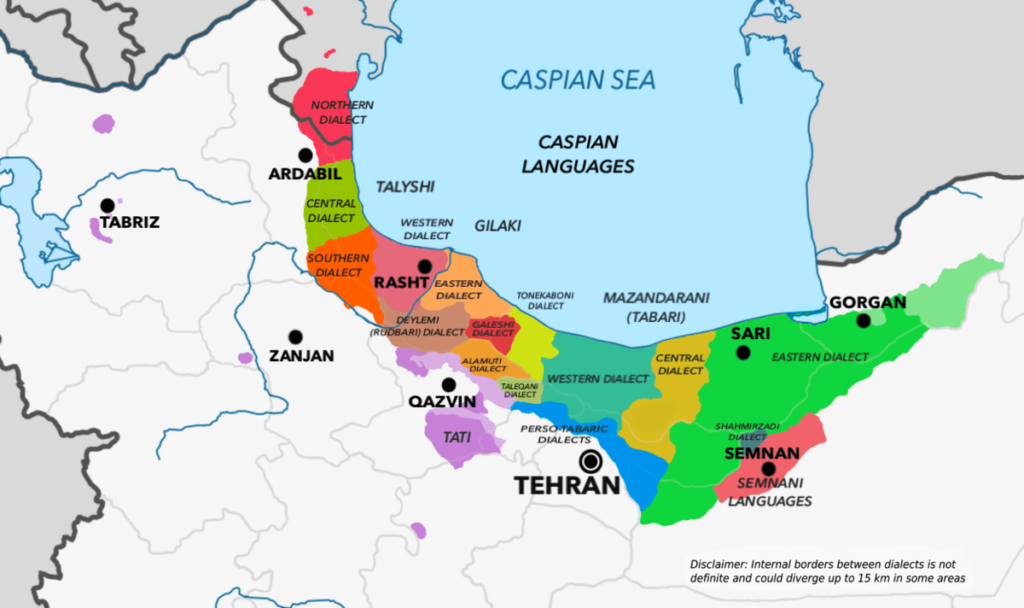
Semnani Language (Komisenian) is a group of languages spoken in the Semnan province. These groups of languages are derived from the Parthian language and include Semnani, Sangisari, and Lasgerdi-Sorkhei. Some sources categorize these languages as dialects.
Azeri (Adharic) languages are the remnants of Old Azeri, an extinct language that was prevalent in the Azerbaijan region before the spread of the Turkic language. Median and Parthian roots are evident in this linguistic group. Traces of this old language can be found in the new Tatic languages in Iranian Azerbaijan and Takestan regions.
- Tati languages include Talysh, which is associated with the Gilan and northern Ardabil provinces. There are many dialects in this language that are categorized into Northern, Central, and Southern Talyshi as depicted in the map.Gozarkhani in the Alamut region, Harzandi, Karinagani, and Kho’ini in the north, Alivid-Vidari, Ashtinai, Razajerdi, Eshtehardi, and Takestani in the southern regions of Northwestern Iran are considered moribund Tatic languages. Moribund means they are nearly extinct, as most of them are only oral languages and declining with the spread of the new Persian language.
- Central Azeri languages include Khalaji, Karani, Shahrudi, Maraghei, Upper Taromi, and Kabeti. These languages are closely related to Talyshi and are nearly extinct.
Kurdic is a branch of Northwestern Iranian languages spoken in the Kurdistan regions of Iran, Turkey, Iraq, and Syria. However, it shares many characteristics with Southwestern Iranian languages such as Persian.
There are two main alphabets in Kurdish texts: the Bedirxan or Hawar alphabet derived from Latin, and the Kurdo-Arabic alphabet. The Kurdish language is also classified into three distinct forms with mutually unintelligible words:
- Kurmanji (Northern Kurdish) is spoken by the majority of Kurds and is prevalent in Iranian Kurdish regions, Turkey, Iraq, and Syria. It can be traced back to the 16th century and was used by many Kurdish scholars for writing poetry. Kurmanji is also the ceremonial language of the Yazidi religion and the Mishefa Reş (Yazidi Black Book).
- Sorani (Central Kurdish) is mainly spoken in Iraq and western Iranian provinces. It is one of the official languages of Iraq along with Arabic. Sorani originated in the Silemani region in the 16th century. It is written using the Sorani alphabet which is based on the Arabic alphabet.
- Southern Kurdish is used to describe regional dialects popular in northeastern Iraq and western Iran. There is no singular southern Kurdish language, it identifies a group of languages that includes Laki and Kurdali.
- Zaza-Gorani is a group of northwestern Iranian languages that are usually classified as non-Kurdish, but the Zazaki people consider themselves ethnically Kurdish. The main languages in this subgroup include Zazaki, spoken in eastern Turkey, and Gorani, spoken in Iran and Iraq with four dialects, Hawrami, Bajelani, Sarli, and Shabaki.
Central Plateau Iranian Languages
This grouping is also known as Central Dialects and includes a variety of modern languages spoken in the center of the Iranian plateau. These are the southernmost dialects of northwestern Iranian languages and are difficult to properly categorize due to conflicting isogloss features.
- The branch includes
- Sivandi, spoken in Fars province
- Khansari, spoken in Khansar in the west of Isfahan
- Judeo-Hamadani and Judeo-Borujerdi spoken by the Jews in central Iran
- Soi (Sohi) or Kashanic language that includes the Abuzayadabadi and Natanzi dialects
- Zoroastrian Dari spoken by the Zoroastrian population in Kerman and Yazd
Southwestern Iranian Languages
This branch of Western Iranian languages originates in the southwest of the Iranian province and has Middle Persian roots. Southwestern Iranian languages include a variety of dialects, but they are gradually replaced by Iranian Persian.
- Persian (Farsi) is the official language of the Islamic Republic of Iran with more than 130 million speakers worldwide. It is written using the Persian alphabet, a right-to-left cursive alphabet in which most letters connect. The main Persian dialects are Iranian Persian, Dari, and Tajik. This language is the continuation of old and middle Persian and its distinct features can be traced to the 8th and 9th centuries. The Classical Persian used in literary works such as Shahnameh developed in the 10th century, while contemporary Persian was created in the 19th century.
- Persid languages include Luri and its various dialects such as Bakhtiari, and Shushtari-Dezfuli dialects that together constitute a language, Kuhmarei, and the Persid dialects of Khuzestan.
- Achomi or Khodmooni (Larestani) is a southwestern Iranian language spoken in southern Fars province and the Ajam (non-arab) population in Persian Gulf countries such as UAE, Bahrain, and Kuwait. It is a descendant of Middle Persian and has several dialects including Lari, Evazi, Khoni, Bastaki, and more.
Learn More About Western Iranian Languages
While Iranian Persian is the official language of the country, you can still find speakers of other variations of Western Iranian languages in the western and southwest provinces of Iran, and in the Caspian Sea region.
Frequently Asked Questions about Western Iranian Languages
If you have any other questions about Western Iranian languages, please let us know in the comment section. We will respond as soon as possible.
Is Persian a Western Iranian language?
The official language of Iran or new Persian is a Western Iranian language from the larger linguistic classification of Indo-Iranian languages. It is the descendant of older Persian languages such as Middle Persian (Pahlavi) and Old Persian.
Which Iranian languages are considered Western Iranian languages?
This classification includes languages that developed in the west of the Iranian plateau from the Old Persian, Median, and Parthian languages. Modern Western Iranian languages include Persian. Kurdish, Luri, Balochi, and Zaza.
What are the main linguistic features of Western Iranian languages?
They share similar verb conjugation systems and gender distinction, phonological features like vowel harmony, and retroflex consonants. Retroflex consonants are sounds like [ɳ], [ɭ], and [ʈ], which are articulated with the tongue curled towards the hard palate.


